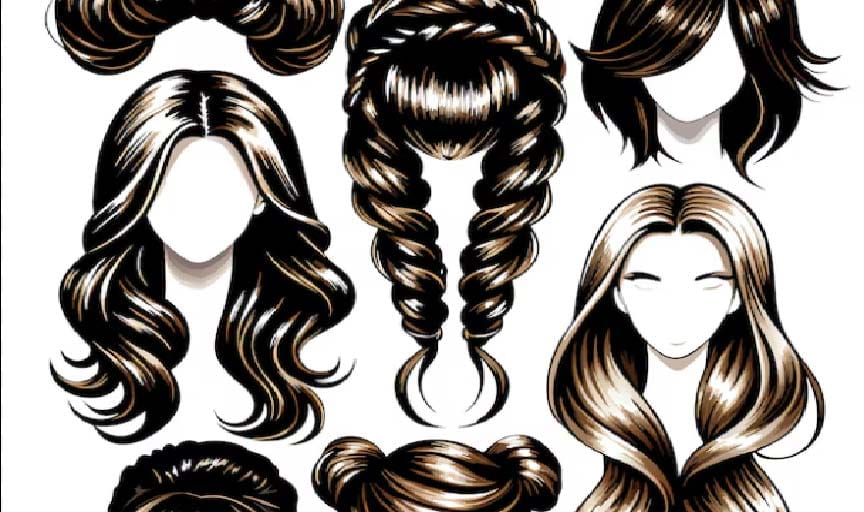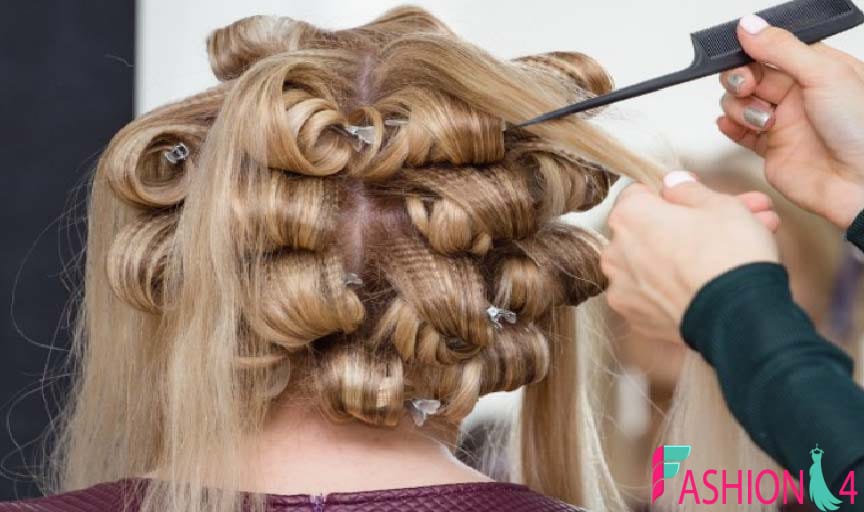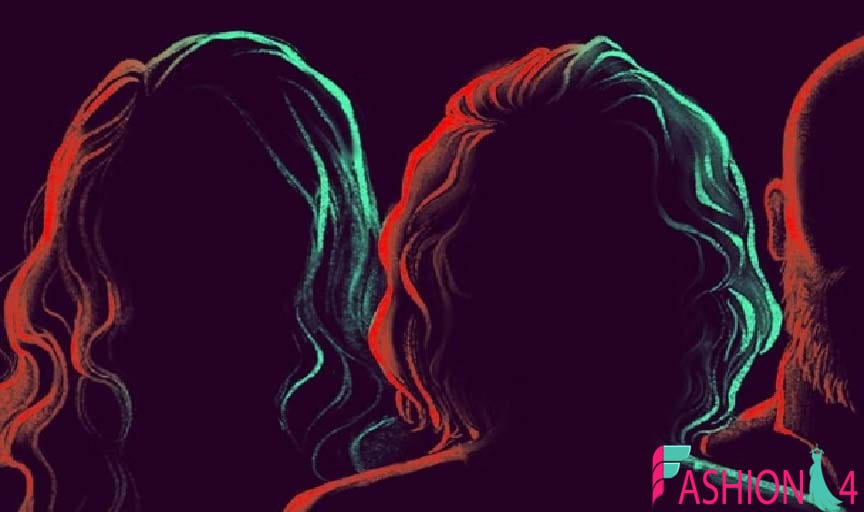
The Changing Landscape of Hair Design
Hair design has transformed significantly over the past decades, moving from traditional cuts to innovative styles influenced by fashion, culture, and individual expression. Today’s hair industry is a vibrant mix of artistry, advanced techniques, and personal identity, reflecting the cultural and societal shifts that shape our choices in self-expression. With trends continuously evolving, hair design professionals are adapting to new technologies, materials, and techniques to meet the demands of a modern clientele seeking unique, customized looks.
The Rise of Personalized Hair Styling
As more people embrace individuality, the demand for customized hair designs has skyrocketed. Customers no longer settle for standard cuts; instead, they want styles that align with their personalities and lifestyles. This shift has led stylists to incorporate face shape, hair texture, and lifestyle habits into their designs, resulting in highly personalized and versatile hairstyles.
Understanding Face Shapes
- Round Faces: Styles that add height and volume can elongate a round face. Layered cuts and side-swept bangs are common choices for this face shape.
- Oval Faces: Often considered versatile, oval faces can pull off a variety of styles, from short pixie cuts to long waves.
- Square Faces: Softening edges with waves or curls helps balance a strong jawline, often seen with this face shape.
- Heart-Shaped Faces: Chin-length bobs or longer layers work well, as they balance a wider forehead and narrower chin.
Hair Texture as a Design Foundation
Hair texture plays a crucial role in shaping hairstyles that are not only aesthetically pleasing but also easy to maintain. Stylists now consider the natural texture of hair—whether fine, coarse, curly, or straight—when crafting a look, as this enhances the style’s longevity and reduces daily upkeep for clients.
Popular Techniques in Hair Design
With the rise of innovative products and tools, hair design techniques have expanded, giving stylists more options than ever before. From cutting-edge coloring methods to intricate braiding styles, these techniques enable more detailed and expressive creations.

Balayage and Ombre
Balayage and ombre have become staple techniques in modern hair design, offering natural and low-maintenance color gradients. While balayage involves hand-painting highlights onto the hair for a sun-kissed effect, ombre transitions from a darker root to a lighter end, creating a striking contrast.
Layering and Texturizing
Layering and texturizing techniques enhance volume and shape, adding movement to the hair. Layering, particularly, is favored by clients with thick or straight hair, while texturizing helps reduce bulk, making hair easier to style and manage.
Innovative Hair-Cutting Methods
- Point Cutting: This technique adds softness to the ends, preventing blunt lines and making hair more dynamic.
- Slide Cutting: Ideal for creating fluid layers, slide cutting reduces bulk and improves texture.
- Under-Cutting: This edgy technique involves shaving or trimming hair underneath, giving a subtle, daring effect when styled.
Current Hair Design Trends
The latest hair design trends are not only influenced by celebrity styles but also by social media platforms like Instagram and Pinterest, where new styles are quickly adopted and modified by followers. Let’s explore some of the prominent trends shaping hair design in 2024.
The Rise of “Effortless” Hairstyles
Low-maintenance, “effortless” styles have taken center stage, with many clients preferring simple, everyday looks that can transition easily from work to social gatherings. Styles such as shaggy layers, undone waves, and natural textures are becoming increasingly popular, particularly among young adults.
Bold and Unconventional Colors
With advancements in hair coloring techniques, vivid colors and pastel hues have become a popular way to make a statement. From bold purples and blues to soft pastels like lavender and rose, these colors are ideal for individuals looking to stand out.
The Revival of Vintage Styles
Vintage hairstyles, inspired by the 1970s and 1990s, are making a comeback. Styles like the curtain bangs, mullet, and bob cuts are being modernized with a contemporary twist, allowing clients to blend nostalgia with a fresh look.
The Role of Technology in Hair Design
Technology has become a pivotal aspect of hair design, from the tools stylists use to the ways clients select and preview hairstyles. Let’s look at some technological advancements that are revolutionizing the hair industry.

Virtual Hair Consultations
With digital consultation tools, clients can try on different styles and colors virtually before committing to a change. These consultations, often available through apps or online platforms, allow clients to experiment with various looks from the comfort of their homes.
High-Tech Styling Tools
- Hair Straightening Brushes: Combining the effects of a flat iron with a hairbrush, these tools simplify the straightening process while reducing heat damage.
- Smart Curling Irons: Some curling irons now come with digital settings that adjust heat based on hair texture, reducing the risk of damage and ensuring a longer-lasting curl.
- Laser Hair Growth Devices: For clients struggling with thinning hair, laser devices stimulate follicles to encourage natural growth.
The Impact of Social Media on Hair Design
Social media platforms like Instagram and TikTok play an integral role in spreading trends and influencing client choices. Hair designers showcase their work to a global audience, allowing them to gain visibility and attract new clients through innovative and inspiring content.
How Trends Spread Through Social Media
Influencers and celebrities frequently share their hairstyles, which are then emulated by fans and followers. Hashtags like @hairgoals and @hairtransformation have made it easier for people to find inspiration, making social media a powerful driver of trends.
Challenges and Opportunities for Stylists
While social media opens doors for visibility, it also presents challenges. Stylists must keep up with ever-changing trends and maintain a unique style to distinguish themselves in a crowded market. Constantly evolving techniques, tools, and styles mean that stylists need to stay ahead of the curve to remain relevant.
Environmental and Ethical Considerations in Hair Design
With growing awareness of sustainability, the hair design industry has seen a shift toward eco-friendly practices. Clients increasingly seek out salons that prioritize sustainable products, cruelty-free practices, and waste reduction.
Eco-Friendly Hair Products
Many hair care brands are now offering products made with organic ingredients, sustainable packaging, and cruelty-free formulations. These products not only benefit the environment but are also gentler on clients’ hair and scalp.
Water Conservation Practices
Some salons have adopted water-saving techniques, such as using eco-friendly rinse solutions and dry shampoos, which reduce water consumption. These practices contribute to environmental sustainability, making salons more appealing to environmentally conscious clients.
Future Trends in Hair Design
As the hair design industry evolves, several trends are expected to shape its future. These include the increased use of AI to predict styles based on facial recognition, advancements in hair restoration technology, and a continued push for sustainable practices. In a world where personal identity is increasingly fluid, hair design will remain a critical form of self-expression, adapting to and reflecting cultural shifts.
Predictions for Hair Design in 2025 and Beyond
- AI-Driven Styling Recommendations: Using AI and facial recognition, salons may soon offer highly personalized style suggestions based on individual features and preferences.
- Hair Restoration Solutions: New developments in hair growth treatments will make restoration accessible and effective for a wider audience.
- Continued Growth of Sustainable Hair Care: Expect to see more eco-friendly products, tools, and practices as environmental awareness grows.
As these trends continue to unfold, the hair design industry will remain at the forefront of personal style, pushing the boundaries of creativity, technology, and self-expression.
For More More Visit, Fashion4

